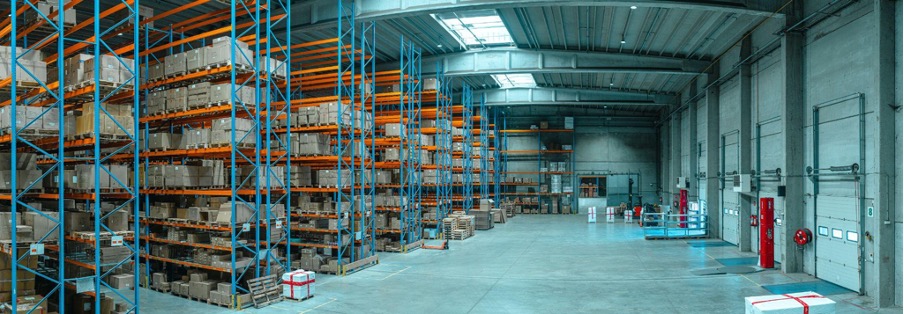MENU
A transportation management system (TMS) is a subset of the supply chain management. It covers the transportation operations and may be part of an enterprise resource planning (ERP) system.
A TMS will usually act between an ERP and the warehouse/distribution module. It evaluates the shipping orders to then offer suggestions of different routing solutions.
Sometimes known as a transportation management solution or transportation management software, a TMS provides visibility into day-to-day transportation operations. It ensures the timely delivery and streamlines the shipping process. It makes it easier for businesses to manage and optimize their transportation operations.

Transportation management systems manage four key processes of transportation management:
The TMS will define the most efficient transport schemes for the manager. According to the given parameters the software will give the most optimal option. These parameters can be transport cost, lead-time or even fewer stops possible.
The TMS will take care of executing the transportation plan. This includes the carrier rate acceptance, the carrier dispatching and the electronic data interchange (EDI).
The transportation plan consists of gathering the different prices for different types of shipment (express, normal, etc.). Prices will vary depending on the region, the origin and the destination. This information is updated regularly by the carriers and must be integrated into the TMS.
TMS will allow following any physical or administrative operation regarding transportation. This includes traceability of transport, editing of reception, custom clearance, invoicing and booking documents and sending of transport alerts.
TMS have or need to have logistics key performance indicators (KPI) reporting function for transport. This way it’s possible to evaluate the efficiency of the strategies in place.
Transportation management systems are primarily used by businesses that need to ship, move, and receive goods on a regular basis, including:
Businesses in nearly every industry. From construction to life sciences, transportation management systems are always needed.
The main users are businesses that spend $100 million or more annually on freight. Thanks to the cloud-based TMS, now smaller businesses can also incorporate it in their supply chain. Cloud-based TMS are more affordable and provide all the benefits a small business would need.
Transportation management systems play a central role in supply chains. It affects every part of the process, from the planning to the logistics management.
A powerful system leads to more efficient transportation planning and execution. This means, having a TMS always leads to a higher customer satisfaction. And we know, higher customer satisfaction equals more sales and a healthy business.
Living in such a dynamic global trade environment makes it important to have a system of this kind. It is important to have a system that will simplify the complicated processes around trade policies and compliance.
A TMS provides many benefits to businesses. Some of the top benefits are:
As you can now understand, a TMS can help any business plan execute and optimize the physical movement of goods. Let’s see how it’s done.
A TMS helps the business select the optimal mode of shipment and the best carrier, based on cost, efficiency, and distance. This also includes optimizing multi-leg carrier routes.A strong TMS can provide visibility into every stage of the supply chain.
With the global trade management functionalities, it can also provide information on trade and tariffs. This way, managers can be alerted of any potential delays that may happen because of customs and other trade regulations.
The execution features of transportation management systems vary widely. It usually includes matching loads and communicating with carriers, documenting and tracking shipments, and assisting with freight billing and settlement.
Some advanced TMS solutions also provide track and trace services. This way it enables real-time information exchange between carriers, distributors, warehouses, and customers. Such advanced systems may also have the functionality to handle complex international logistics. This includes providing proper import and export to make sure shipments are trade compliant.
TMS optimization capacities usually include the ability to measure and track performance with reports, dashboards, analytics, and transportation intelligence.
Businesses can buy a standalone TMS that can be integrated with their existing cloud or on the enterprise resource planning (ERP) software.
But a simpler way of implementing a TMS would be to have an ERP system that already supports the TMS features. With Bluebee, organizations have everything they need with our distribution module.
If you want to work with us, don’t hesitate to contact us!
© Bluebee Software Inc. All Right Reserved.